by Sara-Jessica Dilks
Junior Mady Sargent recalls 2 a.m. on a recent Tuesday night.
While most students have retired to dreams and sleep hours ago, Sargent is wide awake as she researches how to obtain a congressional nomination for the United States Naval Academy. After watching several Navy recruitment videos on Youtube, she pauses briefly to admire the background image of her laptop screen, a photograph of two fighter pilots mid-flight.
Although she is not yet asleep, she is already dreaming.
Sargent is dreaming of her future.
Since she toured the U.S. Naval Academy in Annapolis, MD on Labor Day last year, Sargent has aspired to attend their basic four-year Naval training program and undergraduate education, hoping to eventually complete the extra two-year Naval Aviation training necessary to become a fighter pilot.
Unfazed by the “simplistic and rigorous” lifestyle that is often associated with the Naval Academy, Sargent insists that it’s her ideal plan; one that she will do “literally anything and everything” to achieve. She feels that attending the Naval Academy will be a pathway into her desire to have a “respectable career” and fight for her country.
“The tour guide [of the Naval Academy] looked at me and asked where I was thinking about going for college and I just said, ‘Well, I want to go here.’” Sargent said. “It was at that moment that I knew that I need to start doing anything that I can to get to that point [of acceptance].”
While the the Naval Academy holds an acceptance rate similar to Ivy League schools such as Yale or Princeton University, Sargent is in the process of preparing to meet her dreams, hoping that she will be included in the seven percent of applicants accepted each year.
“I don’t set unrealistic goals for myself,” Sargent said. “For me to not get accepted would be a slap in the face…everything I’m doing in my life is in preparation for [the Navy].”
Since her sophomore year, Sargent has begun to gradually adapt her current lifestyle to match the fitness standards of a student at the Naval Academy.
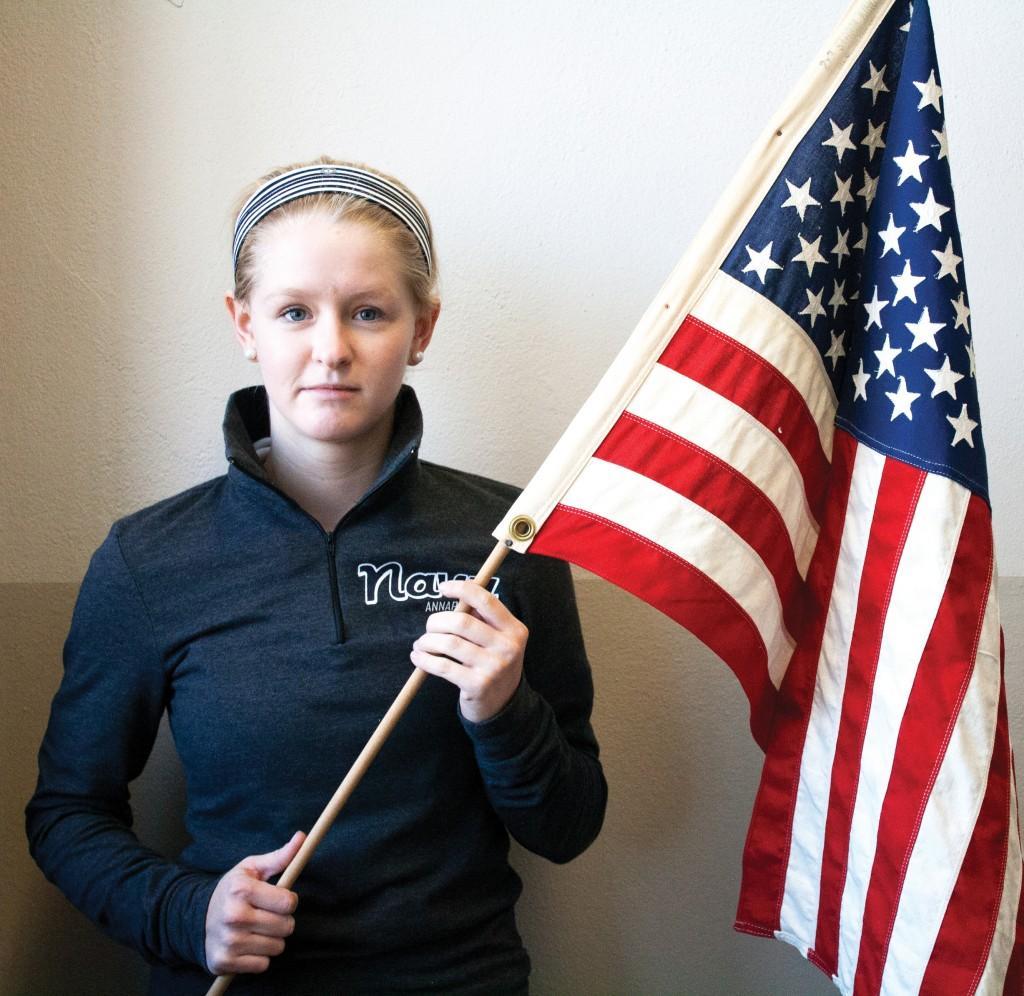
This includes “50 miles or so” long cycling trips on the weekends, kickboxing classes after school and marathon training (She has already completed the 2012 White Rock Dallas Marathon).
“I always try to exercise as much as I can…so that I’ll be able to pass the physical fitness test needed to be admitted,” Sargent said.
While the Naval Academy is most commonly recognized for preparing its attendees for the actual Navy with its intense fitness regime, it also provides its students with an undergraduate degree. Sargent, who hopes to major in aerospace engineering through their academic program, says that she often has to remind people that the Naval Academy is a four-year college.
“I tell people, ‘It’s similar to going to [a normal four-year college] like Kansas University or something, except you go directly into the Navy [rather than into the work world] after graduation.”
In order to be even considered by the Naval Academy, Sargent must first “obtain a nomination from an official source,” according to the United States Naval Academy official website. Thus, she has already traveled to the office of Kansas’s 3rd District Congressman, Kevin Yoder, to pick up an application packet for her nomination. Captain Stephen B. Latta, the Dean of Admissions, wrote on the Naval Academy’s official website that the admissions department seeks students “who excel not only academically, but also in athletics, leadership, and service.”
“I basically just do everything I can to shoot for straight As,” Sargent said. “I mean just by studying for tests and completing all my homework on time. Sometimes I’ll get up early in the morning [to complete school work or study] so I’m rested and focused.”
Sargent also devotes free time to service work, volunteering at the Urban Scholastic Center and with Habitat for Humanity after school on Tuesdays and Thursdays.
This past fall, representatives from the Naval Academy visited STA during an activity period, in association with the Navy outreach recruitment program. Among the representatives was Kenny Healy, a 2010 Rockhurst High School graduate and current midshipman at the Naval Academy. Healy is planning on selecting the Naval Aviation training program to become a fighter pilot after he graduates as a military officer in 2014. Healy’s physical preparation process for when he was applying is similar to Sargent’s current schedule.
“I prepared for the Academy physically by running cross country in the fall of senior year, and doing a workout program,” Healy wrote in an email. “We concentrated on middle to long distance running, pull-ups, push-ups, sit-ups and regular weight training…[it] put me in good position in relation to my classmates.”
While Sargent and many other Naval Academy hopefuls prepare endlessly for the physically-oriented atmosphere through training and working out regularly, the mental preparation is perhaps just as important. One must be able to excel in various environments and situations under pressure, according to Healy.
“Mentally, I think I just came in with an open mind and I was ready to be pushed to my limits,” Healy wrote. “While I was there over the first summer, I realized that probably the best mental preparation is being ready and open to the thought of failing. At the Academy, you will fail at something, and if you’re not ready to accept that, then you will struggle.”



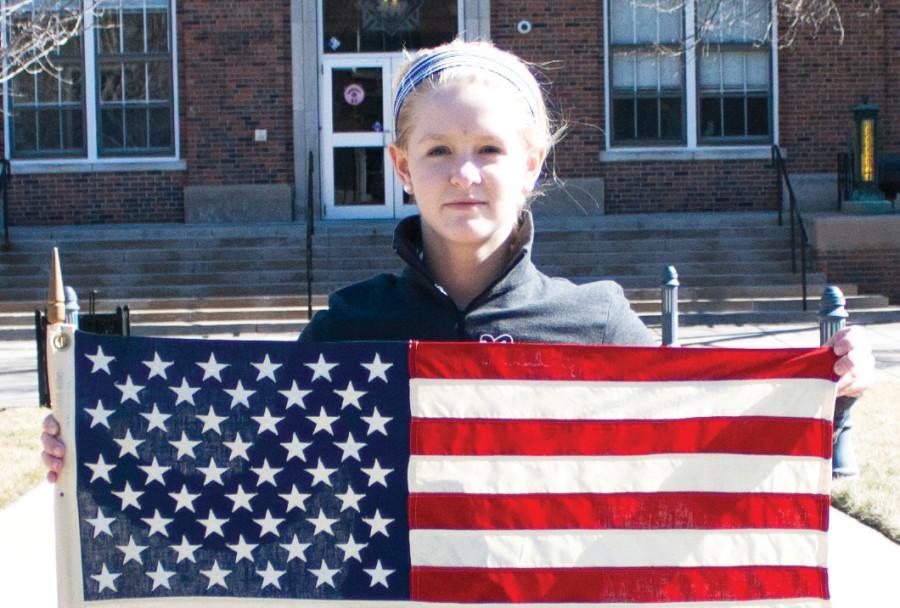
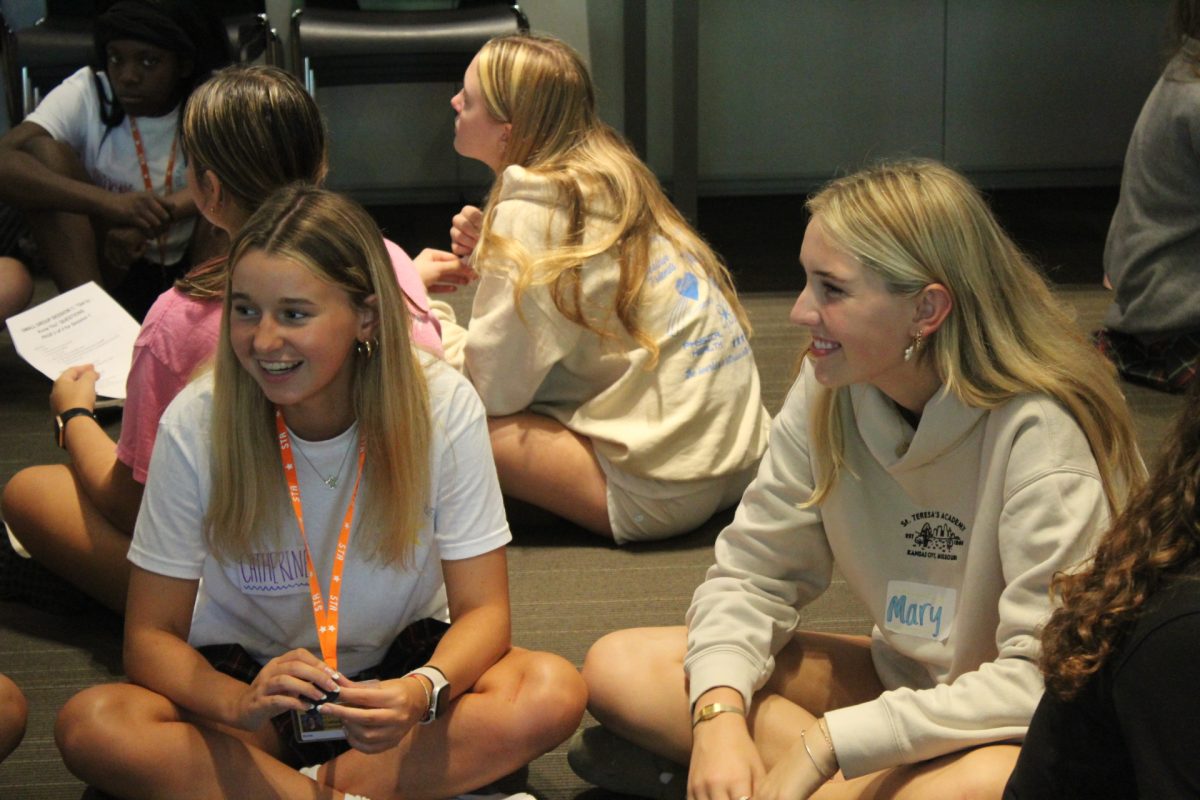
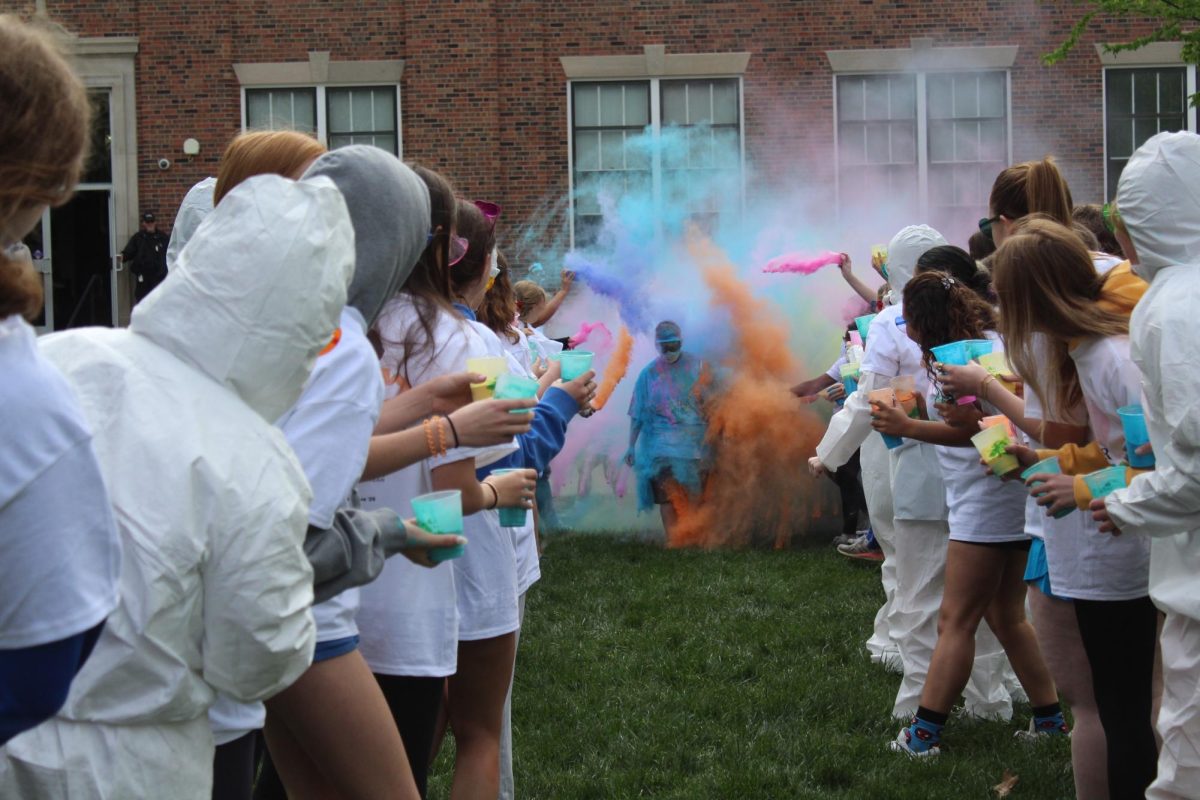


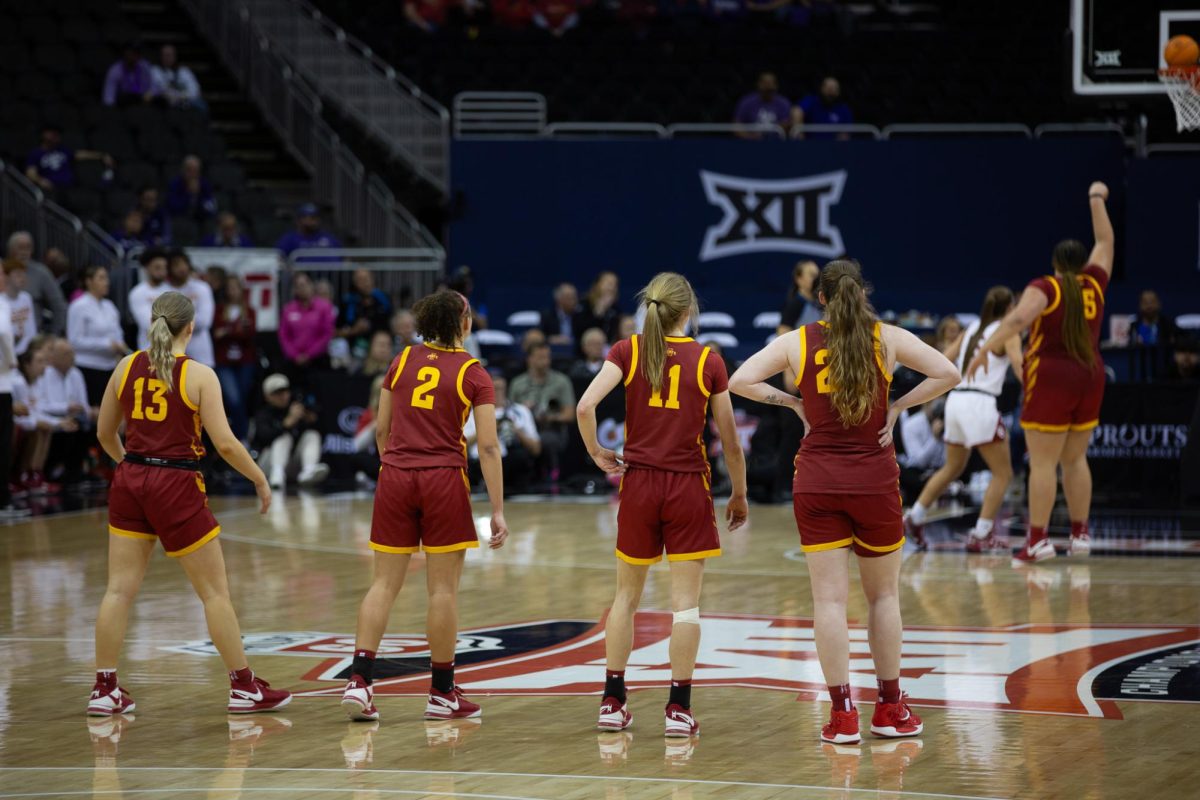


Kristen • Mar 6, 2013 at 6:57 pm
I think this is wonderful however I would be mindful as to how the us military treats women, there is a very high rate of rape and sexual assault in the military. I was thinking about the Navy for a little while but then realized that the military doesn’t treat women with the respect they deserve. It is also problematic when reporting a rape you report to your superior but they don’t want to look bad by having this kind of a case so the investigation either doesn’t happen or is inadequate. Just something to think about…